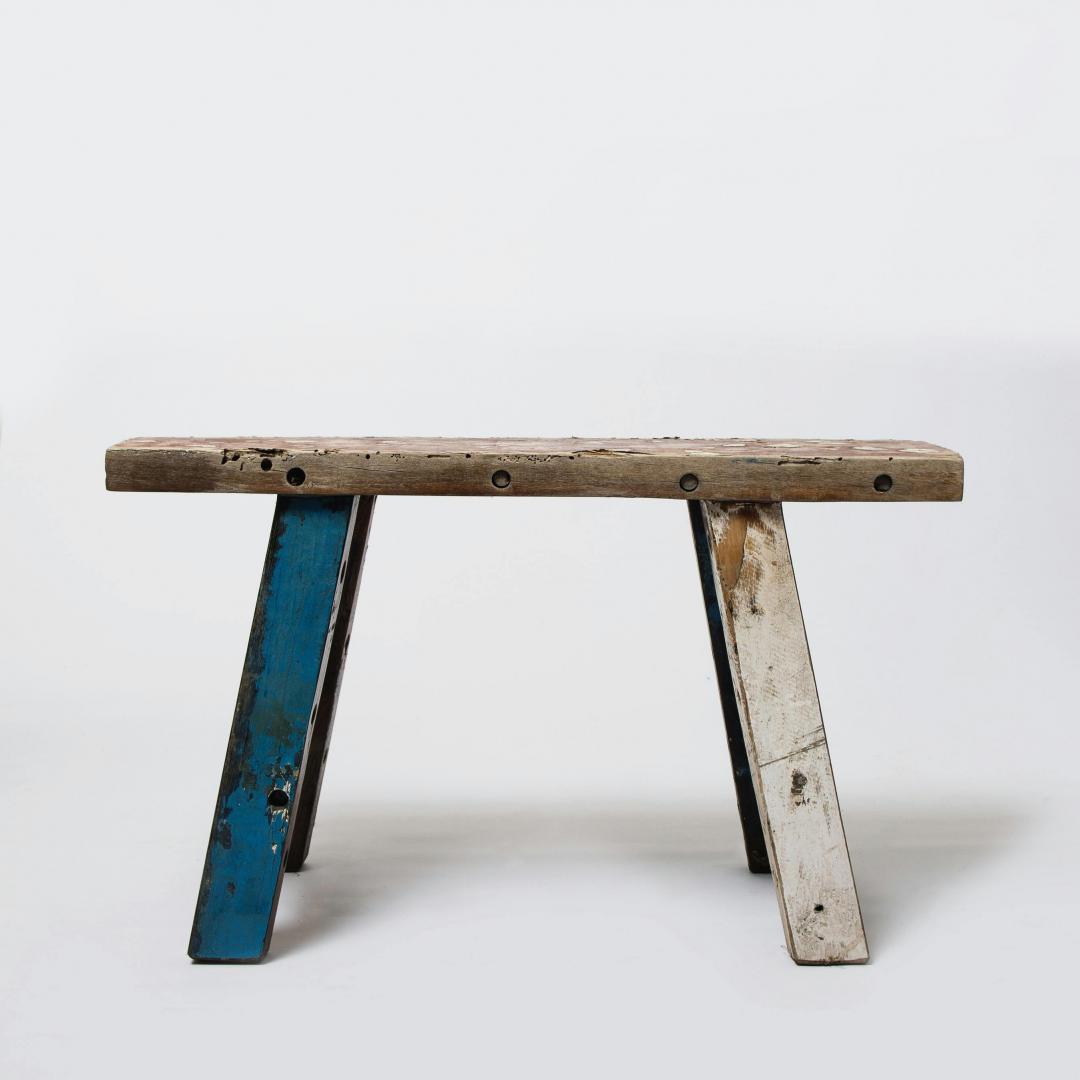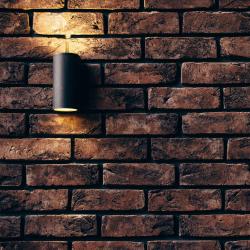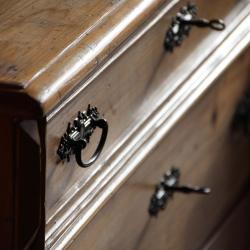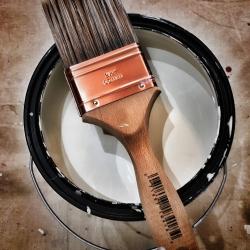Painting Furniture for a Fresh Look
Trends are continually evolving, but one enduring strategy for refreshing your living space without breaking the bank is painting furniture. Whether you're an avid DIY enthusiast or a homeowner looking to spruce up your interiors, painting furniture offers a powerful way to breathe new life into tired or outdated pieces, bringing a fresh vibe to your space. This article delves into the transformative process of painting furniture, offering insights and tips to ensure a successful project.
Why Paint Furniture?
Painting furniture is not just about color; it's about transformation. Here are some compelling reasons to consider this creative pursuit:
-
Cost-Effectiveness: Instead of purchasing new items, revamping existing furniture with paint can be far more economical.
-
Sustainability: Upcycling furniture is environmentally friendly, reducing waste by giving old pieces a new lease on life.
-
Customization: Painting allows for unparalleled personalization, enabling you to choose colors and finishes that align perfectly with your vision.
-
Updating Style: As trends change, painting can help you transition your decor style seamlessly, from rustic or traditional to sleek and modern.
Getting Started: What You Need to Know
Before you dip your brush into paint, consider the following steps to set yourself up for success:
Choosing the Right Piece
Start by selecting a piece of furniture that will benefit most from a makeover. Look for structurally sound items with good bones, even if they're cosmetically worn.
Selecting the Right Paint
The paint you choose is crucial. Chalk paint is popular for its matte finish and ease of use, requiring minimal prep. Latex paint, on the other hand, offers durability and a range of finishes. Consider the function of the piece and the look you want to achieve when making your selection.
Prepping the Piece
Proper preparation is key to a professional-looking result:
-
Clean Thoroughly: Remove dirt, grease, and old polish using a suitable cleaner.
-
Sand Smooth: Lightly sanding the surface helps the paint adhere better. It's essential for pieces with a glossy finish.
-
Prime: Applying a primer is particularly important if you're covering a dark stain or painting over a high-gloss surface. It ensures better durability and true color payoff.
Painting Techniques
Now, onto the fun part—painting:
-
Brushing: A high-quality brush provides control. Use long, even strokes for a smooth finish.
-
Rolling: Ideal for flat surfaces like table tops and sides. A foam roller can help minimize brush strokes.
-
Spraying: While more equipment-intensive, spraying can offer a very smooth finish, especially for intricate pieces.
Adding the Finishing Touches
After the paint has dried (usually overnight), consider the final elements that will enhance the transformation:
-
Sealing: Protect your hard work with a topcoat. Polyurethane or polycrylic finishes shield against wear and tear.
-
Hardware: Updating hardware can dramatically change the vibe of the piece. Choose styles that complement the new color and design.
Inspiration and Trends
Current trends in painted furniture include the use of bold colors such as rich greens, deep blues, and even black for a dramatic statement. Alternatively, pastel shades offer a softer, more relaxed look. Distressing techniques can add character and charm, lending an heirloom appeal to modern pieces.
Conclusion
Painting furniture is an art form within the DIY sphere that not only reinvents the aesthetic of your home but also allows for personal creativity and self-expression. From selecting colors and patterns to mastering different techniques, the process is as rewarding as it is transformative. So, roll up your sleeves and get ready to embark on a project that will not only refresh your space but also renew your appreciation for the furniture you already own.






















